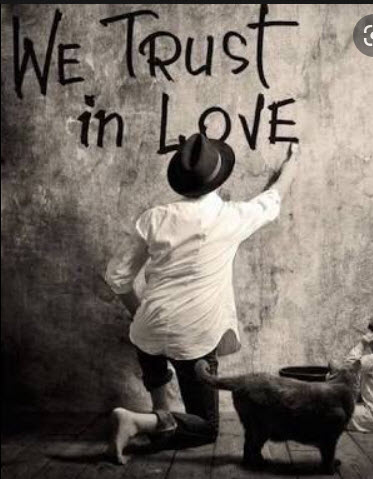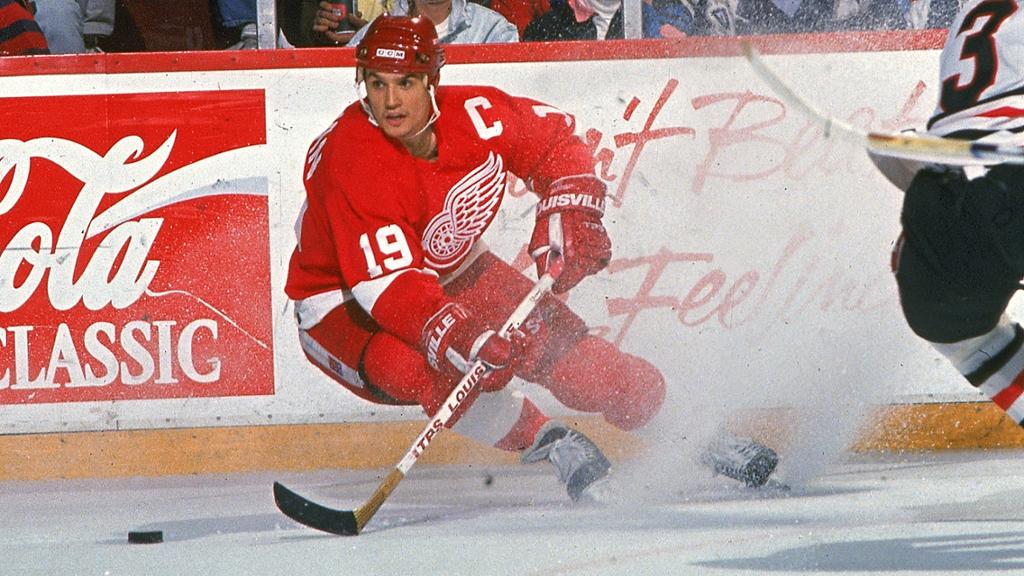Brand Plan as Immune System.
Always on the lookout for metaphors that help marketers understand branding, I’ve come upon a new one: the immune system. When a marketing entity has a brand plan (defined in my practice as one claim and three support planks) it has created an immune system designed to deflect all non-essential forces. Maintaining a healthy immune system takes work. It must be cared for and fed. If the immune system has to work overtime, because the brand is constantly being attacked by outside forces, or it is spending time on off-plan activities, it weakens the immune system.
And let us not forget the immune system is a system. It is not separate unrelated functions or activities. Brand planks, discrete parts of the value proposition working together to increase brand meaning and loyalty, are not always organically aligned. Too much price message might negatively impact the quality message, say. Too much focus on tasty, may impact the healthy message. Each brand needs its own balance because every brand is different. But the quick story here is that “a tight, focused organizing principle for product, product experience and messaging” can create an impervious barrier for your brand to ward off evil.
What are the parts of your brand’s immune system? Peace.









